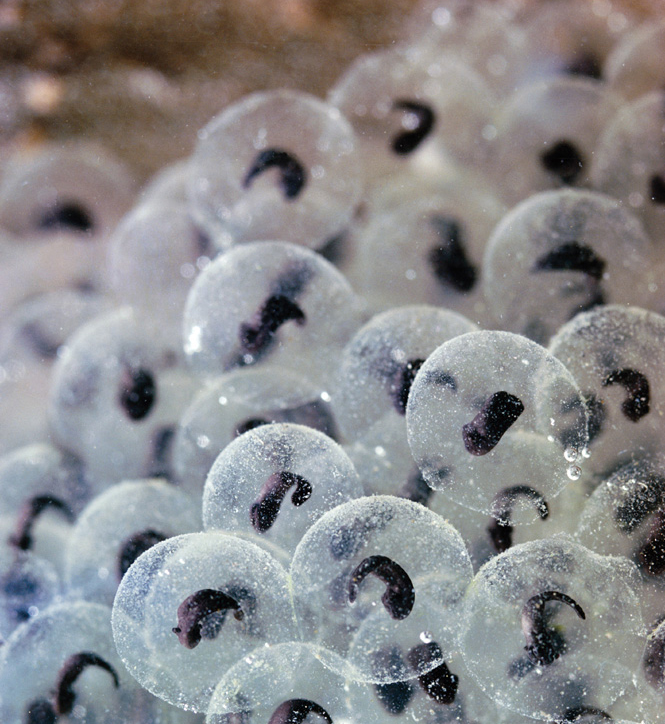CHAPTER 20 INTRODUCTION
20-1
CORE CONCEPTS
20.1 In the development of humans and other animals, stem cells become progressively more restricted in their possible pathways of cellular differentiation.
20.2 The genetic control of development is a hierarchy in which genes are deployed in groups that in turn regulate the next set of genes.
20.3 Many proteins that play key roles in development are evolutionarily conserved but can have dramatically different effects in different organisms.
20.4 Combinatorial control is a developmental strategy in which cellular differentiation depends on the particular combination of transcription factors present in a cell.
20.5 Ligand–receptor interactions activate signal transduction pathways that converge on transcription factors and other genes that determine cell fate.

Altogether, the human body contains about 200 different types of cell, all of which derive from a single cell, the zygote. In animals, some cells become muscle cells, others nerve cells, and still others connective tissue. Almost all of these cells have exactly the same genome: They differ not in their content of genes, but instead in the groups of genes that are expressed or repressed. In other words, these cell types differ as a result of gene regulation, discussed in the previous chapter.
Gene regulation is especially important in multicellular organisms because it underlies development, the process in which a fertilized egg undergoes multiple rounds of cell division to become an embryo with specialized tissues and organs. During development, cells undergo changes in gene expression as genes are turned on and off at specific times and places. Gene regulation causes cells to become progressively more specialized, a process known as differentiation.
In this chapter, we focus on the general principles by which genes control development. We will see that, as cells differentiate along one pathway, they progressively lose their ability to differentiate along other pathways. Yet gene expression can sometimes be reprogrammed to reopen pathways of differentiation that had previously been shut off, a process that has important implications for therapeutic replacement of diseased or damaged tissue. We will also see that, while some of the key molecular mechanisms of development are used over and over again in different organisms, they have evolved to yield such differences in shape and form as to conceal the underlying similarity in mechanism.